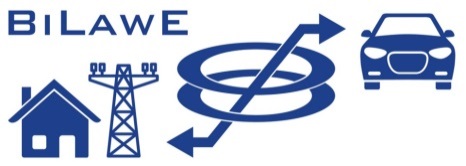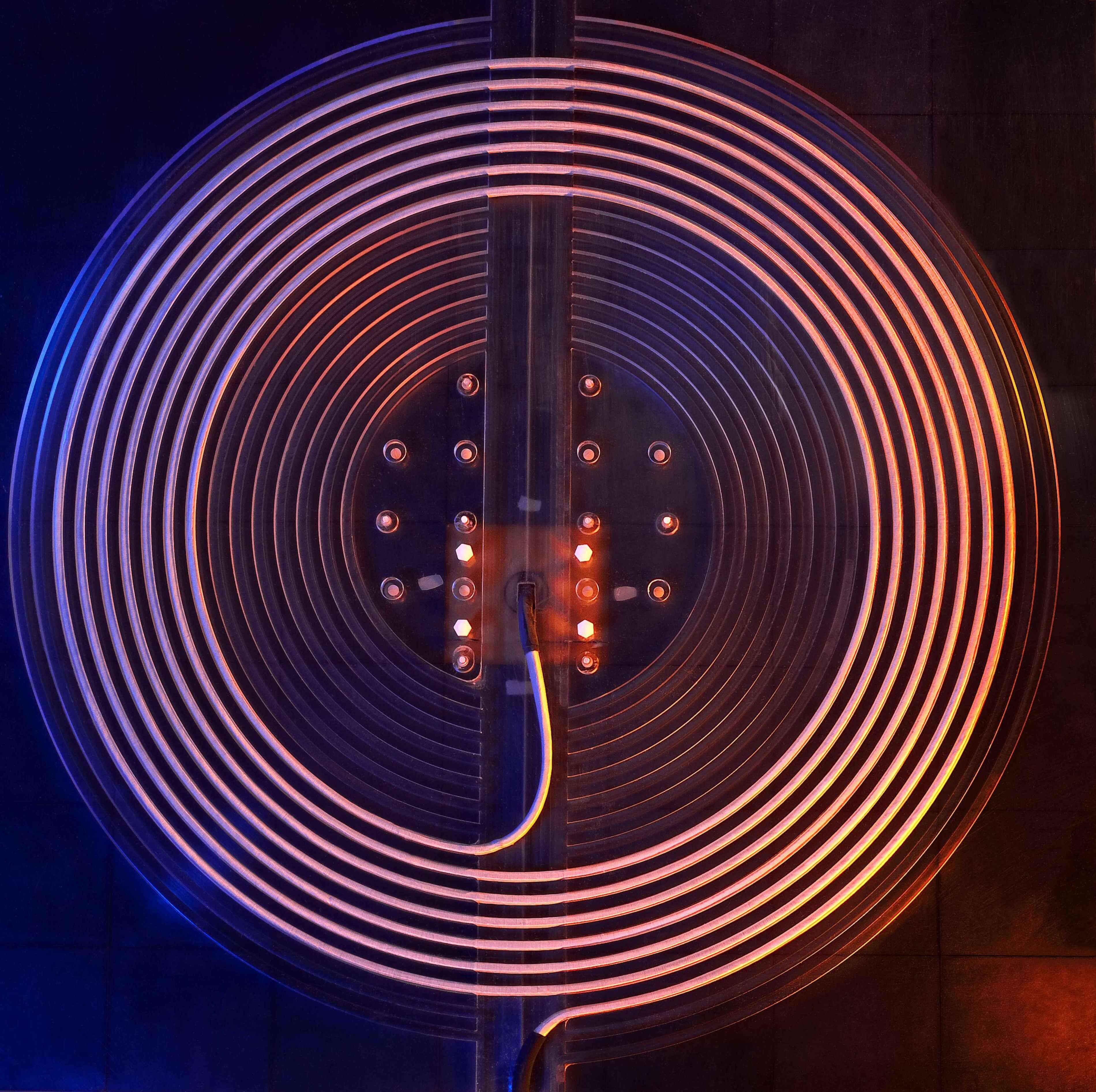| Duration: | January 2016 - June 2019 |
| Contracting Authority/ Sponsors: | German Federal Ministry of Economic Affairs and Energy (BMWi) |
| Project Partners: | Elektromobilität Süd-West, Robert Bosch GmbH, Fraunhofer Institute for Labor Economics and Organization IAO, GreenIng GmbH & Co. KG |
| Website: | BiLawE |
| Project Focus: |
BiLawE – Bidirectional, Inductive Charging Systems Economically in the Electricity Grid


The energy transformation and the accompanying electrification of the transport sector require increased interconnection of the energy systems. High availability in the grid is of great importance when integrating electric vehicles as intelligent consumers and storage devices into the energy industry. Within the scope of the »BiLawE« project, a bidirectional inductive charging system and its economic integration into the electricity grid are realized. New sensors for live object detection, efficient inductive energy transmission (up to 11 kW), and maintenance concepts address the increased requirements on integration into the (semi) public sectors.
The integration of inductive charging infrastructures into different application scenarios such as public parking zones, company parking lots or smart homes enables effortless charging without cables. This allows electrical vehicles to connect more frequently to the supply grid. A respective stationary charging infrastructure is developed for the integration into public, local and stand-alone grids. Respective business models are developed for the related system services. The stationary as well as the mobile side of the inductive charging system is designed such that they can exchange active as well as reactive power with the electricity grid.
Using the new business models, the automotive and energy industry can be interconnected, added values offered to the end customer and the electricity grid can be relieved. The realization and demonstration of bidirectional, inductive charging in the »Fraunhofer Next Generation Parking Garage« provide a significant contribution to strengthening and ensuring Germany's technological leadership in electromobility. Modular concepts and reverse power transfer compatibility to the unidirectional inductive charging systems of the first generation enable flexible, cost-efficient production of electric vehicles and their supplied components. Consideration of bidirectional inductive charging systems in the national and international standard as well as safety, communication and billing systems is ensured by the consortium.
Fraunhofer ISE is developing a highly efficient inverter for better grid integration of the inductive charging system. The inverter can provide controlled active power, reactive power as well as further system services. Moreover, simulations and dimensioning of the coil system for the inductive power transmission path are prepared.
Fraunhofer ISE also develops charging management system that supports communication between the vehicle and the charging infrastructure. It integrates the superordinate level of the local energy system into charging optimization. The international communication standard ISO 15118 is applied between vehicle and charging infrastructure, this standard is extended for wireless energy transfer and grid feed in.